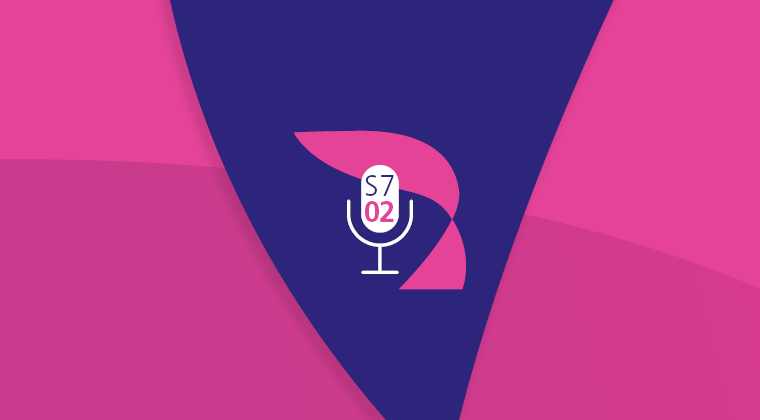/Passle/5d9604688cb6230bac62c2d0/SearchServiceImages/2026-01-15-14-24-21-219-6968f8953f3115dc87b72cef.jpg)
Go to section
Latest
View all/Passle/5d9604688cb6230bac62c2d0/SearchServiceImages/2026-01-15-14-24-21-219-6968f8953f3115dc87b72cef.jpg)
Thought leadership
What to expect from environmental law in 2026 – Waste and Circular Economy
16 Jan 2026
Thought leadership
Triggering collective consultation – a focus on staggered redundancies
15 Jan 2026
Podcasts
Pensions Pod: Cyber and AI Bytes – Understanding legal privilege for trustees in a cyber context
15 Jan 2026 • 7 min read

Events
See what’s coming up, register for the events that matters to you and discover our range of on-demand content.
See upcoming events
Podcasts
Essential listening for you and your organisation.
Discover our range of podcast series and subscribe to make sure you don’t miss an episode.
Listen now


/Passle/5d9604688cb6230bac62c2d0/SearchServiceImages/2026-01-08-17-54-55-703-695fef6fb645562128352ceb.jpg)
/Passle/5d9604688cb6230bac62c2d0/SearchServiceImages/2026-01-15-14-46-57-852-6968fde10520e93fc7070368.jpg)







